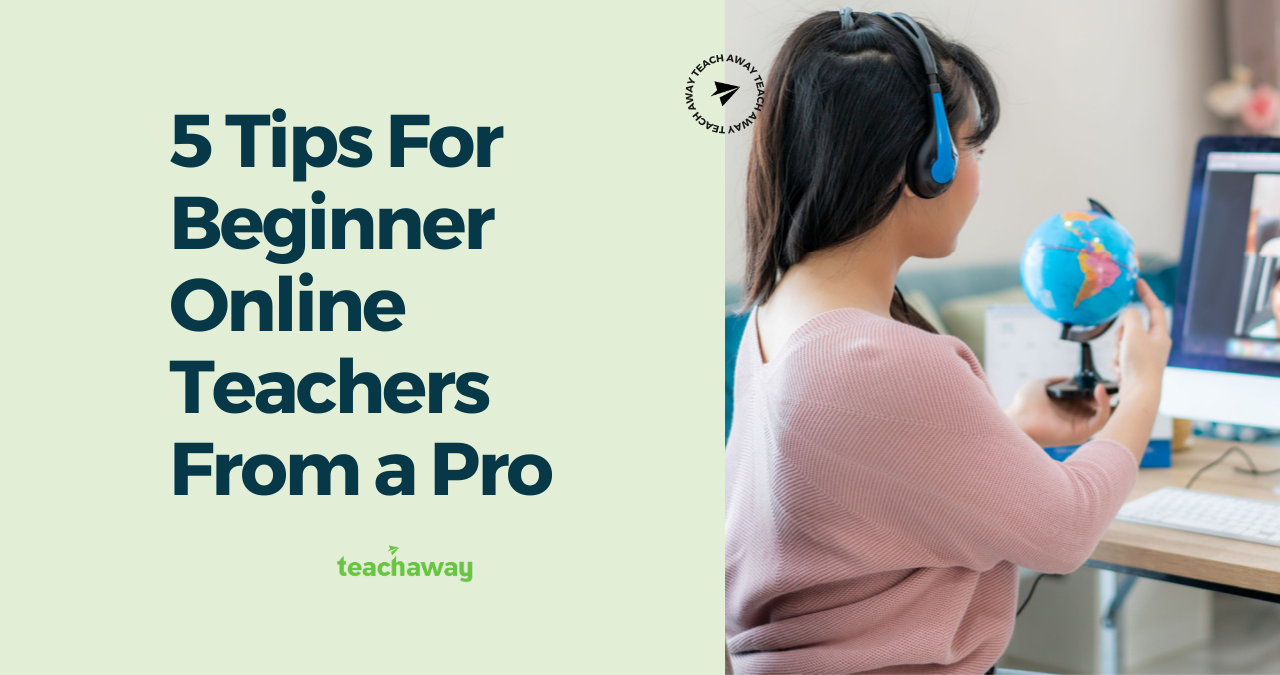Dexter Ali is a finance professional (FCCA and MBA, Distinct))with 15 years of experience and 12 years teaching experience. He has a passion for training, learning, and development. Hails from the beautiful twin island Republic of Trinidad and Tobago.
The pandemic is behind us, and we’re back to mask-free interactions, confidently resuming travel, vacations, and social gatherings, often exceeding pre-pandemic levels. However, one area where things haven’t returned to normal in my corner of the world is the classroom.
I teach a full-time face-to-face (F2F) course with only eight registered students, while the same course delivered online has 30 registered students. This trend extends to other courses, making it clear that online teaching is here to stay in our tertiary education market.
With this in mind, I’ve taken the opportunity to reflect on my online teaching experiences and what has proven effective:
1. Surprise your class with lessons they’ll be excited about.
As Tyrion Lannister from Game of Thrones (a season 8 quote!) once said, “There’s nothing in the world more powerful than a good story.” In the world of accounting, we often use generic companies like ABC Ltd, XYZ Ltd, or DEF Ltd. To spice things up, I started using financial statements from real companies like Disney. Student enthusiasm rose similarly to a kid (and some adults) in Magic Kingdom for the first time. How do I know? The chat box lit up with comments and questions! The real world stories of these companies that our students know and hear about daily makes learning so much more enjoyable for them. Interaction and general participation increased so I’ll be sticking to using real world companies going forward in my lessons where practical to do so.
2. Don’t be afraid to manage excessive noise with the mute button!
For me, there is nothing more disturbing for a teacher or for other students than excess noise while teaching. These can take the form of students speaking mid class, family members in the background having dinner conversations, feedback from a student’s microphone etc. Having been on the receiving end of this, the mute button and chat box are my best friends in my delivery. Keep it muted and have them type their questions or comments. If you seek input that is too much to type, you unmute them and then mute them again once they have given their contribution. Stay in control – the last thing you want is 20 students whose mic is on trying to answer at the same time. Your ears and the ears of your other students will thank you for this!
3. Use practical tools your students can use in the real world.
I teach accounting and in doing so utilize online teaching tools (Moodle & Adobe Connect), however I want to focus on one aspect utilized. Ask any accountant worth their salt the importance of Microsoft Excel. As a finance manager, I spend more time on Excel than I do on any other application. Sure I can utilize a white board in the teaching applications and draw out examples. While it might not be part of the syllabus, introducing Excel functions has earned me gratitude from students who now use it in their jobs. Be the lecturer that prepares your students for the real world and not just to pass the exam at the end of the semester. That’s where you really make a difference!
4. Don’t over speak. Keep students engaged and participating!
Remember these individuals are staring at a screen. The benefits of F2F where all your charisma as a teacher are on show may not necessarily be the same via online teaching. Therefore, keeping students engaged and involved is important in effective delivery. How do you keep them involved though? Breaking up lessons with a short quiz here and there (automatically corrected on Moodle), a longer question for the students to solve by writing on their end and where your provide the answer (on Excel for example), or breaking them up into groups for a discussion (Break out rooms in Adobe Connect). Yes, we may be passionate and can speak for hours because of our wealth of knowledge however this over speaking can cause students to phase out in class. Don’t over speak. Get them involved in learning activities so they can think for themselves and learn by action!
5. Invest in your equipment.
As important as a whiteboard, markers and projectors are for F2F teaching, fast Internet, a good quality microphone and a device capable enough to support the plethora of software available for teaching is key to effectively delivering your material online. It can be quite off putting if your sessions are disturbed by students chiming in that – ‘you are breaking up’, or ‘voice quality is low’ or your device is ‘sticking’ because the RAM on your computer isn’t large enough to support your applications, etc. In the same way we ask students to be prepared for exams, we also need to be properly prepared to teach!
In our ever-changing world, with technological advancements on the horizon (such as Artificial Intelligence), this checklist may expand. Nonetheless, it’s essential to keep our students’ best interests in mind as we navigate the evolving landscape of online education. They are the future, and contributing to their growth is a rewarding endeavor.
If you’re just starting out on your online teaching journey
As a beginner online teacher, remember that every great educator started somewhere, and your dedication to creating a positive and engaging learning environment will make a meaningful impact on your students’ lives. Embrace the journey with enthusiasm, and your passion for teaching will shine through in your online classroom.
Find online teaching jobs with Teach Away.



